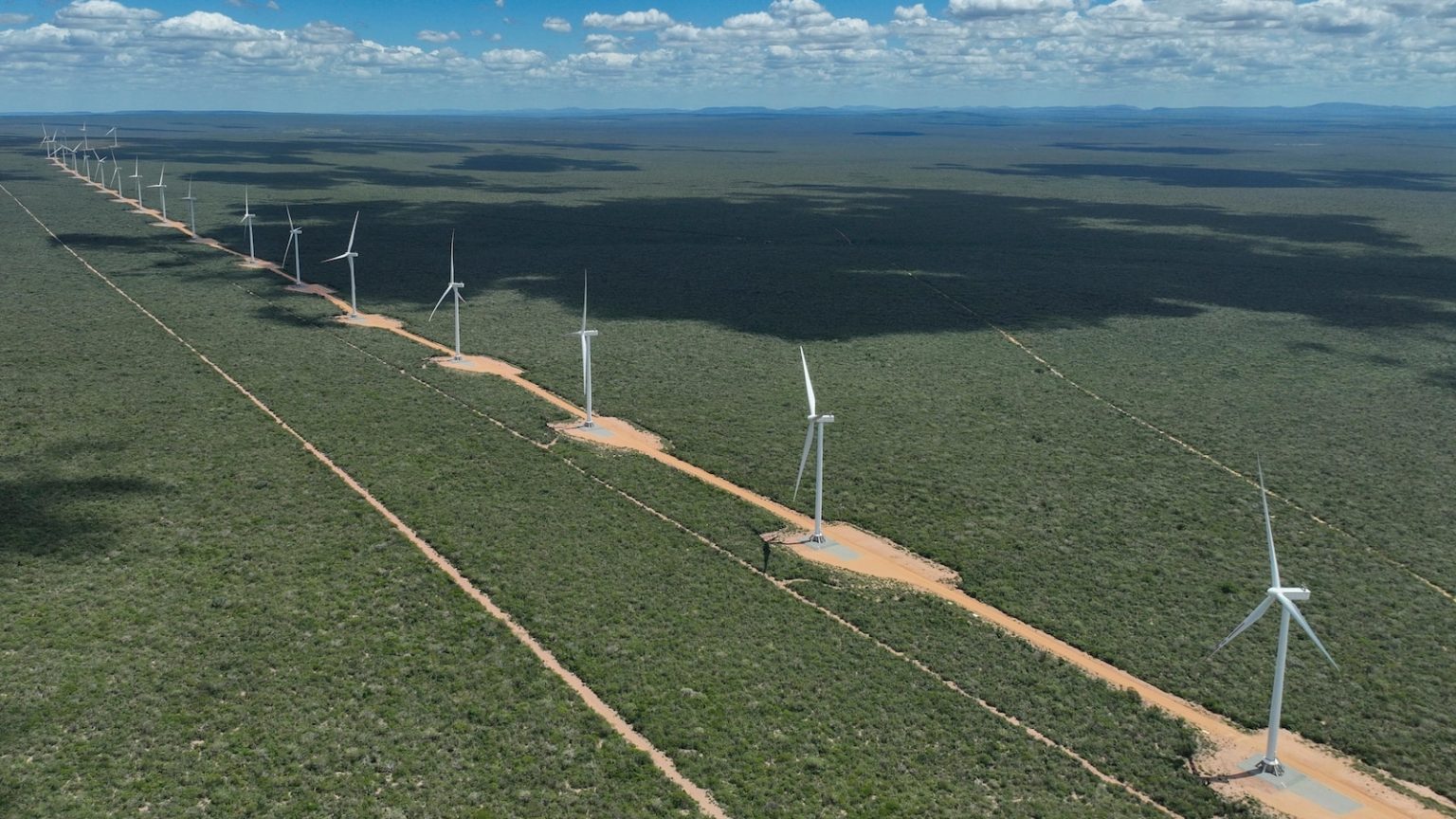The Race Against Time: Countries Miss Deadline to Submit Climate Plans
Nearly 200 nations faced a critical deadline on Monday to submit their updated climate plans to the United Nations, a move described by the U.N. climate chief as “among the most important policy documents governments will produce this century.” These plans, officially called Nationally Determined Contributions (NDCs), outline how each country intends to reduce its emissions of heat-trapping gases, such as carbon dioxide, by 2035. The deadline is part of the Paris Agreement, a landmark international accord signed in 2015 to limit global warming to 1.5 degrees Celsius above pre-industrial levels. However, most countries have missed this deadline, and the U.N. has made it clear that tardiness is acceptable as long as progress is being made.
So far, only about a dozen of the 195 nations that signed the Paris Agreement have submitted their updated plans. These early submitters account for just 16.2% of the world’s carbon dioxide emissions, with the majority of that share coming from the United States. However, even the U.S. plan is in jeopardy, as President Donald Trump recently withdrew from the Paris Agreement, rejecting the plan submitted by the Biden administration. Other major emitters, such as Brazil, the United Kingdom, and the United Arab Emirates, have also submitted their targets, but their contributions represent a small fraction of global emissions. Smaller nations like the Marshall Islands, Singapore, and New Zealand, which produce less than 0.2% of the world’s carbon dioxide, have also filed their plans.
Quality Over Punctuality: The U.N.’s Stance on Late Submissions
Despite the missed deadline, U.N. Climate Secretary Simon Stiell remains optimistic. He emphasized that quality matters more than timeliness, stating that taking extra time to ensure the plans are robust and comprehensive is worth it. Stiell, who recently delivered a policy speech in Brazil, highlighted that these updated NDCs will be the most detailed climate plans ever developed. He noted that over 170 countries have informed his office that they are actively working on their plans, and he is confident that the delay will not hinder global climate efforts.
However, not everyone shares Stiell’s optimism. Champa Patel, policy director of the nonprofit Climate Group, expressed concerns about the lack of urgency. “The world cannot afford inaction,” Patel said, stressing that the slow pace of submissions reflects a broader reluctance to address the climate crisis with the necessary urgency. The stakes are high: the world is already at 1.3 degrees Celsius of warming since the late 1800s, and current projections suggest it could rise by another 1.8 degrees Celsius if commitments remain unchanged. This level of warming would have catastrophic consequences, including more frequent and severe weather events like hurricanes, heatwaves, and floods, which are already causing billions of dollars in damage and claiming lives every year.
The Science Behind the Plans: Why These Deadlines Matter
The updated NDCs are critical because they must align with the Paris Agreement’s target of limiting warming to 1.5 degrees Celsius. These plans are supposed to be more ambitious and comprehensive than previous iterations, covering all greenhouse gases—not just carbon dioxide—and addressing emissions across the entire economy, not just the energy sector. A 2023 agreement underscored the importance of this broader approach, recognizing that every sector, from agriculture to transportation, must play a role in reducing emissions.
However, early analysis suggests that many countries are falling short. Climate Action Tracker, a group of scientists and experts who analyze national climate plans, has reviewed six NDC targets so far. Four of these targets were rated as “almost sufficient” to meet the goal of limiting warming to 2 degrees Celsius, while Switzerland’s plan was deemed insufficient, as it aligns more with a 3-degree warming scenario. Only the United Kingdom’s plan was rated as compatible with the 1.5-degree target. For example, Britain aims to cut emissions by at least 81% by 2035 compared to 1990 levels, with measures such as phasing out new internal combustion cars by 2030. Brazil, on the other hand, has set a target of reducing emissions by 59% to 67% by 2035 compared to 2005 levels, with a strong emphasis on climate justice and combating deforestation.
The Gap Between Ambition and Action
While some countries have made progress in setting ambitious targets, the gap between rhetoric and reality remains wide. Climate Action Tracker found that most countries’ plans, when compared to their actual actions and their “fair share” of emissions reduction, are insufficient. This includes the United States, where the Biden administration’s climate plan was rejected by President Trump, who withdrew from the Paris Agreement shortly after taking office. The European Union, China, and India—some of the world’s largest emitters—are still working on their plans, with India indicating it will submit its target only after other major polluters have done so.
Niklas Hohne, co-founder of Climate Action Tracker, told the Associated Press, “We know already right now that whatever (other) countries put out, it is not enough. They all need to do more.” This sentiment reflects the widespread concern that current commitments fall short of what is needed to avoid the most catastrophic impacts of climate change. The U.N. has set a new, unofficial deadline for September, when it will assess the collective impact of all submitted plans and determine whether they align with the Paris Agreement’s goals. Until then, the world waits with bated breath to see if nations will step up their efforts and deliver on their promises to protect the planet.
Conclusion: A Call to Action for Global Climate Cooperation
The missed deadline for submitting updated climate plans highlights both the challenges and the opportunities ahead. While the U.N. remains confident in the eventual quality of the submissions, critics warn that delays and insufficient ambition could have dire consequences. The science is clear: the world must act now to limit warming to 1.5 degrees Celsius and avoid the worst effects of climate change.
The next few months will be crucial, as major emitters like the European Union, China, and India finalize their plans. Their commitments will set the tone for global climate action in the years to come. For the Paris Agreement to succeed, countries must not only submit ambitious targets but also follow through on their promises. The window for action is rapidly closing, but with cooperation and determination, the world can still rise to the challenge of this century.















